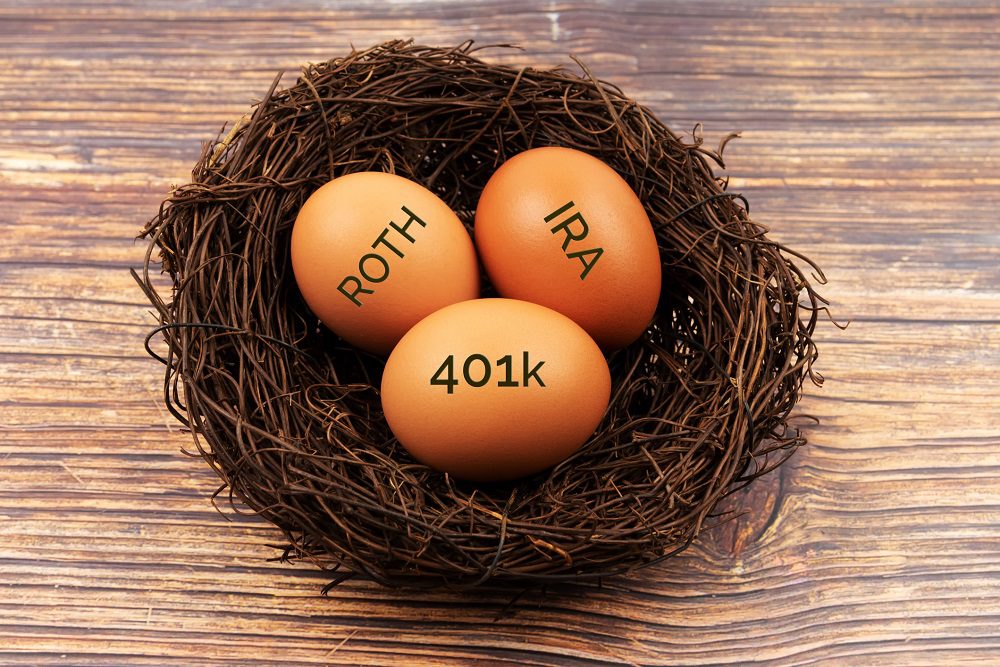If you have some money to add to your retirement savings before year-end, throwing it in a Roth IRA if you are eligible to do so means that you won’t get a tax deduction this year, but you’ll be able to make tax-free qualified withdrawals in retirement. Problem: Not all Roths are alike, and misunderstanding the numerous differences can cost you thousands of dollars. Is it smarter to put the money in your Roth IRA or a Roth version of your 401(k), which many employers now offer? What you need to know…
Some Roths are subject to required minimum distributions (RMDs). Avoiding RMDs, which start at age 72, is one of the investment and tax advantages of Roth IRAs. But unless you are still working for your employer, Roth 401(k) owners must take RMDs. Note: You can sidestep RMDs by rolling a Roth 401(k) into a Roth IRA.
Limits on how much you may invest in 2022 differ. Roth IRAs: Up to $6,000 ($7,000 if you’re 50 or older). Roth 401(k)s: Workers can defer up to $20,500 from their salaries ($27,000 if 50 or older). Total 401(k) plan contributions by both an employee and an employer: $61,000 ($67,500 if 50 or older).
Limits on how much you can earn before you are not eligible to contribute differ. Roth IRAs: A married couple filing jointly must have an adjusted gross income (AGI) of less than $204,000 to contribute the full amount. If the couple’s AGI is more than $214,000, they can’t make any contributions. Roth 401(k)s: There are no income restrictions.
Investment options are different. Roth IRAs allow you to invest in most publicly traded investments including gold, real estate, even Bitcoin. Roth 401(k)s limit you to the investment options made available by your employer’s plan.


